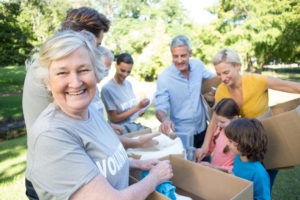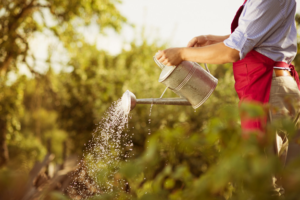Every day, countless items that we casually discard find their way into our waterways, contributing to a growing environmental crisis. From plastic bottles and food wrappers to cigarette butts and microplastics, everyday trash is washing into our rivers through storm drains, littering our streets, and even being improperly disposed of from homes and businesses. Understanding how these pollutants travel from our communities into natural water bodies is essential for developing strategies to stop this flow and protect aquatic ecosystems.
One major pathway for trash to reach rivers is through stormwater runoff. During rainstorms, water flows over impervious surfaces like roads, parking lots, and sidewalks, picking up debris and pollutants along the way. This mixture is then carried into storm drains, which often discharge directly into nearby streams and rivers. In urban areas, where concrete and asphalt dominate the landscape, the volume of runoff can be enormous. Although initiatives such as Gross Pollutant rap Cleaning are available to remove contaminants from these systems, proactive measures are needed to prevent trash from reaching the waterways in the first place.
Improper waste disposal and littering also play significant roles in river pollution. When individuals throw trash on the ground instead of using designated bins, that litter can easily be blown by the wind or washed into storm drains. Public areas, parks, and even residential neighborhoods can become sources of pollution if waste is not managed properly. The cumulative effect of these actions leads to large amounts of debris entering rivers, where they not only harm wildlife but also disrupt water quality and the natural beauty of our landscapes.
The Journey of Trash to Our Rivers
Understanding the path that trash takes can help us identify critical points for intervention. Here’s a breakdown of how everyday waste finds its way into our waterways:
- Improper Disposal: Items discarded on the street or in unauthorized areas are vulnerable to wind and water movement.
- Stormwater Runoff: Rainwater collects litter from roads, parking lots, and urban landscapes, funneling it into storm drains.
- Overflowing Landfills: Waste that overflows from landfills or is not properly contained can leach into surrounding areas and eventually reach rivers.
- Industrial Discharge: In some cases, industrial facilities may inadvertently release waste into the water system if proper disposal methods are not strictly followed.
Actionable Strategies to Stop Trash from Reaching Our Rivers
To address this issue, communities, local governments, and individuals need to work together. Here are some practical steps that can make a significant difference:
- Improve Waste Management Infrastructure: Ensure that communities have adequate trash collection services, recycling centers, and properly maintained landfills. Increased accessibility to waste disposal facilities can reduce the amount of litter on streets.
- Enhance Stormwater Systems: Cities can retrofit stormwater systems with filtration devices and trash traps designed to catch debris before it enters waterways. Regular maintenance and upgrades to these systems are crucial.
- Community Clean-Up Programs: Organizing local clean-up events not only removes existing trash from streets and water bodies but also raises awareness about the impact of littering.
- Public Education: Launch educational campaigns to inform residents about the consequences of improper waste disposal. Clear, accessible information can change behavior and encourage community involvement in waste reduction initiatives.
- Enforce Littering Laws: Strengthen the enforcement of anti-littering laws to deter individuals from improperly disposing of trash. Fines and community service requirements can serve as effective deterrents.
- Support Recycling Programs: Encourage households and businesses to participate in recycling programs. Providing convenient and well-marked recycling bins can reduce the amount of waste that ends up in regular trash streams.
- Adopt Green Infrastructure: Planting trees, installing permeable pavements, and creating green roofs can reduce the amount of impervious surface in urban areas, thus lowering the volume of stormwater runoff that carries trash to rivers.
The problem of everyday trash ending up in our rivers is a multifaceted challenge that requires collective effort. By understanding the pathways through which pollutants travel and implementing targeted strategies, we can reduce the amount of debris that flows into our natural water bodies. With improved waste management, better stormwater infrastructure, and active community participation, it is possible to protect our rivers and preserve the environment for future generations. Embracing these actionable steps is not only beneficial for our waterways but also contributes to a cleaner, healthier community overall.





Be First to Comment